Gluten-free oatmeal bread with yogurt and eggs: a healthy and easy-to-make recipe
vote now
If you're looking for a healthy, light and high-fiber alternative to bread our daily bread, you'll fall in love with this recipe made with 3 main ingredients:oatmeal, eggs and natural yogurt. Perfect for an energetic start to the day or to satisfy your mid-afternoon hunger, this oat bread is soft, tasty and incredibly versatile. It's ready in just a few minutes and can be frozen in slices, bringing more practicality to your routine. As well as being an easy and functional recipe, this bread is an excellent option for those who follow a balanced diet or for those who need gluten-free alternatives. Our step-by-step instructions are below. Enjoy!
Ingredients
5
On top (optional):
Materials
- bowl
- fouet
- English mold
Preparation
Preparation5 min
Cook time30 min
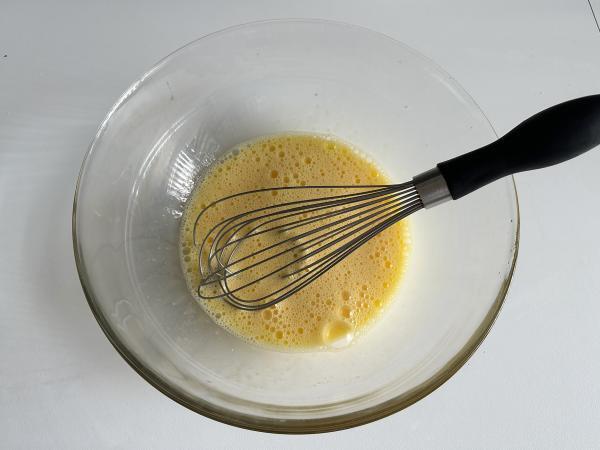 Beat the eggs in a bowl.
Beat the eggs in a bowl.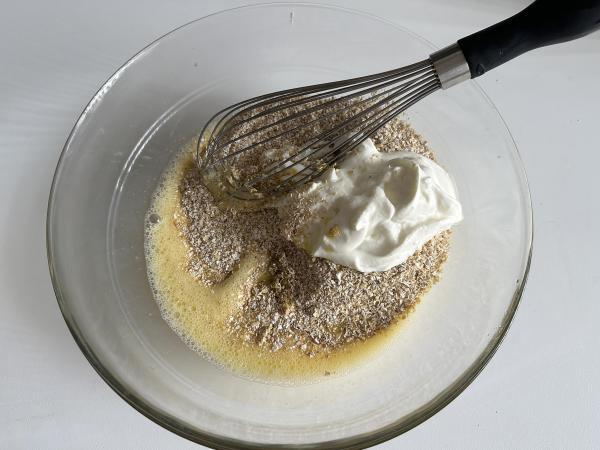 Then add the oats, yogurt, olive oil and salt. Mix until smooth.
Then add the oats, yogurt, olive oil and salt. Mix until smooth.
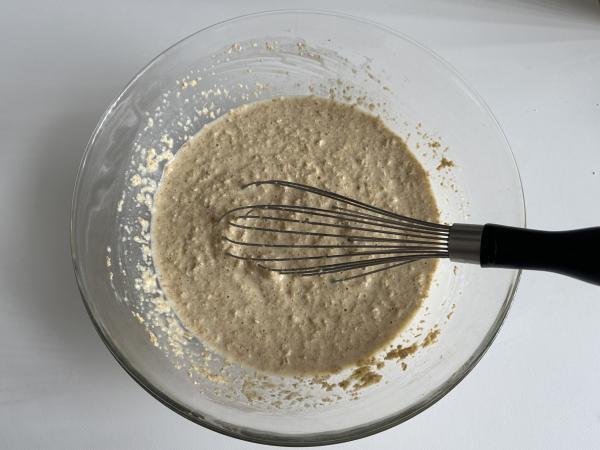 Finally, add the femento and mix for the last time.
Finally, add the femento and mix for the last time.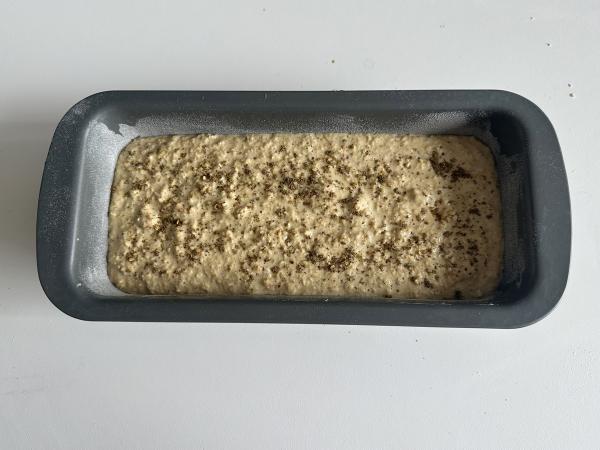 Pour into the greased pan. If you prefer, sprinkle with seasoning. Bake in a preheated oven at 350°F/180°C for 30 to 40 minutes (toothpick test) or until golden brown.
Pour into the greased pan. If you prefer, sprinkle with seasoning. Bake in a preheated oven at 350°F/180°C for 30 to 40 minutes (toothpick test) or until golden brown.
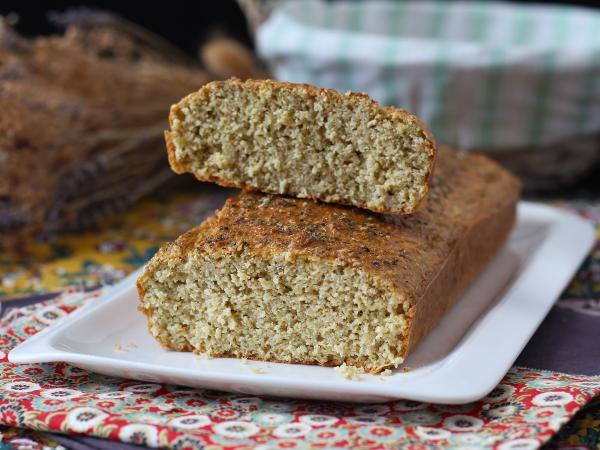 Your gluten-free, high-protein oatmeal bread is ready. Enjoy!
Your gluten-free, high-protein oatmeal bread is ready. Enjoy!
FAQ ❓
Can I use any type of yogurt in gluten-free oat bread?
Yes, but the choice of yogurt can influence the texture and taste of the bread. The ideal is to use whole natural yogurt, as it adds moisture and lightness to the dough. If you want a lighter version, skimmed yogurt will also work, but the result will be a little drier. For a lactose-free version, vegetable yogurts (such as coconut or almond) can be used, as long as they are unsweetened. Avoid flavored or fruit yogurts, as they can interfere with fermentation and the balance of the recipe.
My gluten-free oatmeal bread was too moist inside. What could have gone wrong?
This can happen for a few common reasons: not enough time in the oven, too much yogurt, or the oven at too low a temperature. As gluten-free oat bread tends to be denser, it's important to test the center with a toothpick before taking it out of the oven. If it comes out moist, it needs more time. Another tip: use eggs at room temperature and, if possible, finer oatmeal, which absorbs moisture better. Allowing the bread to cool completely before slicing also prevents it from looking raw inside.
Is it possible to make homemade oatmeal for gluten-free oatmeal bread?
Yes, it's entirely possible and even recommended! Simply blend the rolled oats in a blender or food processor until they turn into a fine powder - this is homemade oatmeal. For those with gluten restrictions, it is essential to ensure that the oats used are certified gluten-free, as there is often cross-contamination in production. Homemade flour tends to make the bread more rustic, so if you want a lighter texture, you can sift it after grinding.
How can I make oatmeal bread even richer in fiber?
To make oatmeal bread richer in fiber, add oat bran (where most of the fiber is concentrated). For example, use a 50:50 ratio.
Does gluten-free oat bread need to rise?
As oatmeal is gluten-free, the rise will be very subtle, but it still helps the bread to be light.
Can I freeze the gluten-free oatmeal bread once it's ready?
Yes, you can - and that's a great way to preserve it! Once the bread has cooled completely, cut it into slices and freeze in bags or jars with lids. This way, you can only take out the amount you're going to use. It can last up to 2 months in the freezer without losing its flavor. To defrost, put it straight into the toaster, frying pan or oven. Avoid defrosting in the microwave as it can leave a rubbery texture. An extra tip: spread a little olive oil or butter on it before heating it up for even tastier bread.
How can I make gluten-free oat bread more protein-packed?
A great way to increase the protein content of oatmeal bread is to add ingredients such as seeds (chia, linseed or sunflower), natural yogurt, crumbled tofu or even vegetable protein powder (such as pea protein). Flours richer in protein, such as chickpea or almond flour, also help. If you're vegan, a combination of hydrated chia and rice protein can work very well. As well as making the bread more nutritious, these additions help with the structure and moisture of the dough.
What is the best way to store gluten-free oat bread?
Gluten-free oat bread tends to dry out more quickly than regular bread, so storage makes all the difference. After cooling completely, store in an airtight container at room temperature for up to 2 days. To keep it for longer, the ideal is to slice it and freeze it - this way you can defrost it as needed, straight in the toaster or in the oven. Avoid storing in the fridge, as the cold accelerates the drying out of gluten-free dough. An extra tip? Brush with olive oil or cover with a damp cloth when reheating to keep it soft.
Why is my gluten-free oatmeal bread crumbly?
This is because without gluten, the bread loses its natural elasticity and tends to crumble if the recipe doesn't contain ingredients that help with the structure, such as eggs, xanthan gum, psyllium or hydrated chia. Another common factor is too much flour or too long an oven time, which dries out the dough. To avoid this, add a source of fat (such as olive oil or coconut oil), respect the resting time and use a mix of flours that includes something more moist, such as oatmeal or almonds. Moisture is everything when it comes to gluten-free bread!
Nutrition
for 1 serving / for 100 g
Calories: 245Kcal
- Carbo: 9.3g
- Total fat: 18.3g
- Saturated fat: 3.4g
- Proteins: 9.5g
- Fibers: 1.8g
- Sugar: 2.8g
- ProPoints: 7
- SmartPoints: 8
Nutritional information for 1 serving (151g)
Cookware
oven
Attributes
Suitable for freezing
Keep refrigerated
Questions
Photos of members who cooked this recipe
Comments
Rate this recipe:
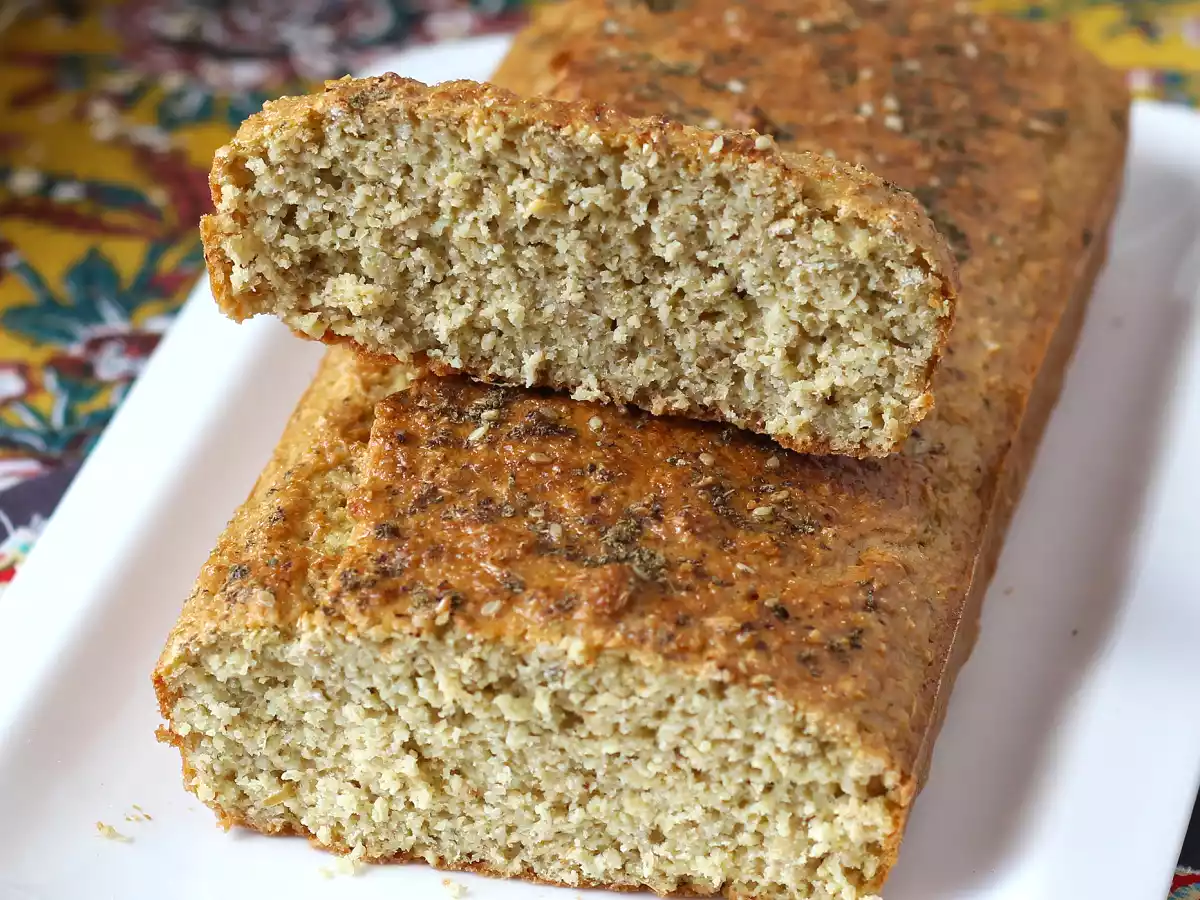
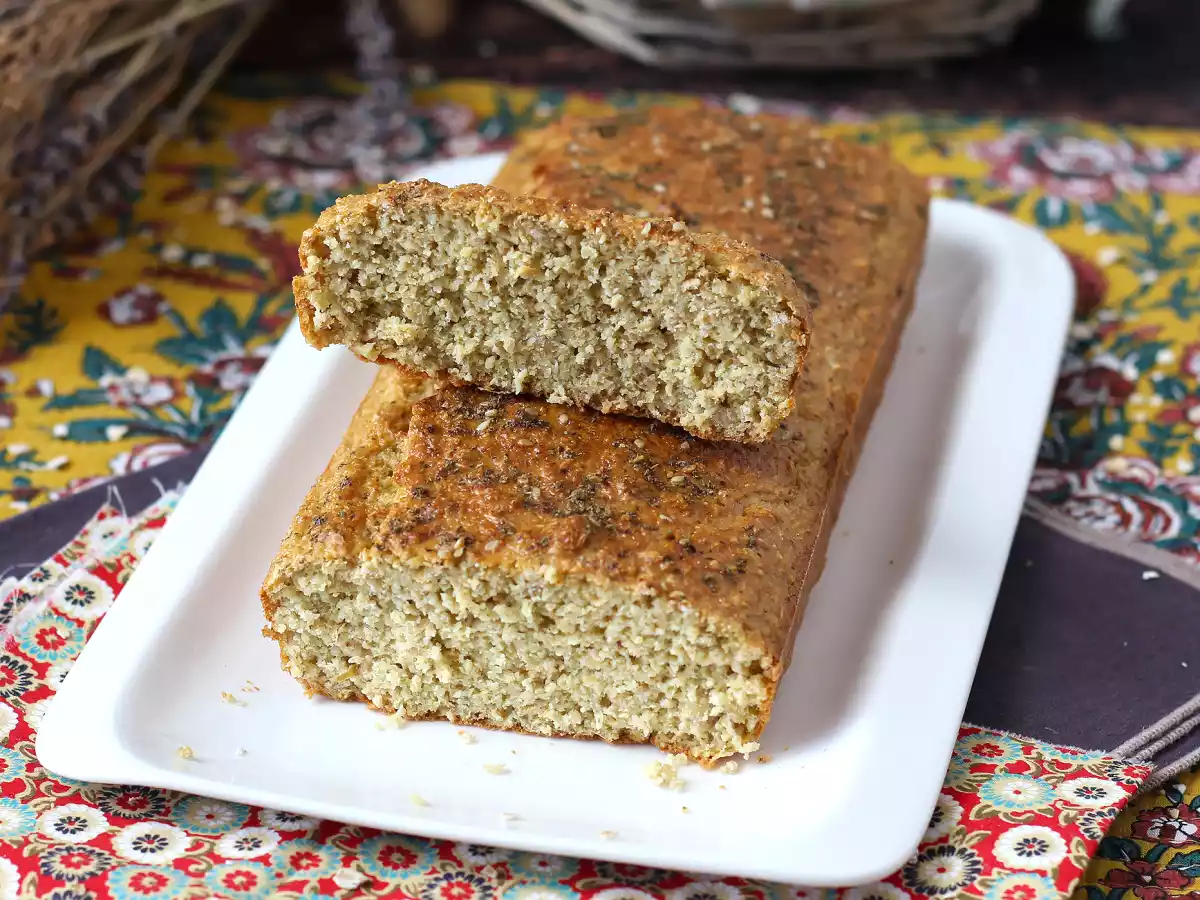
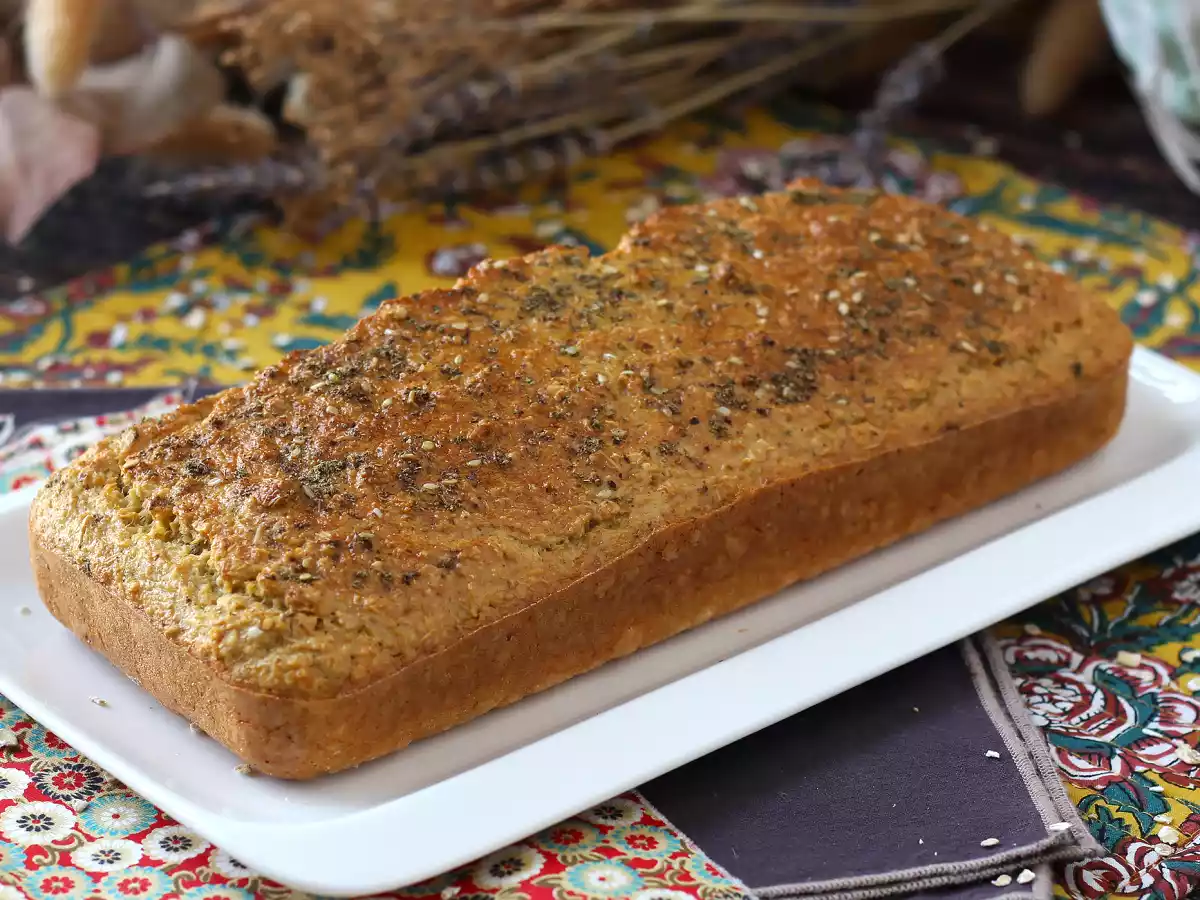
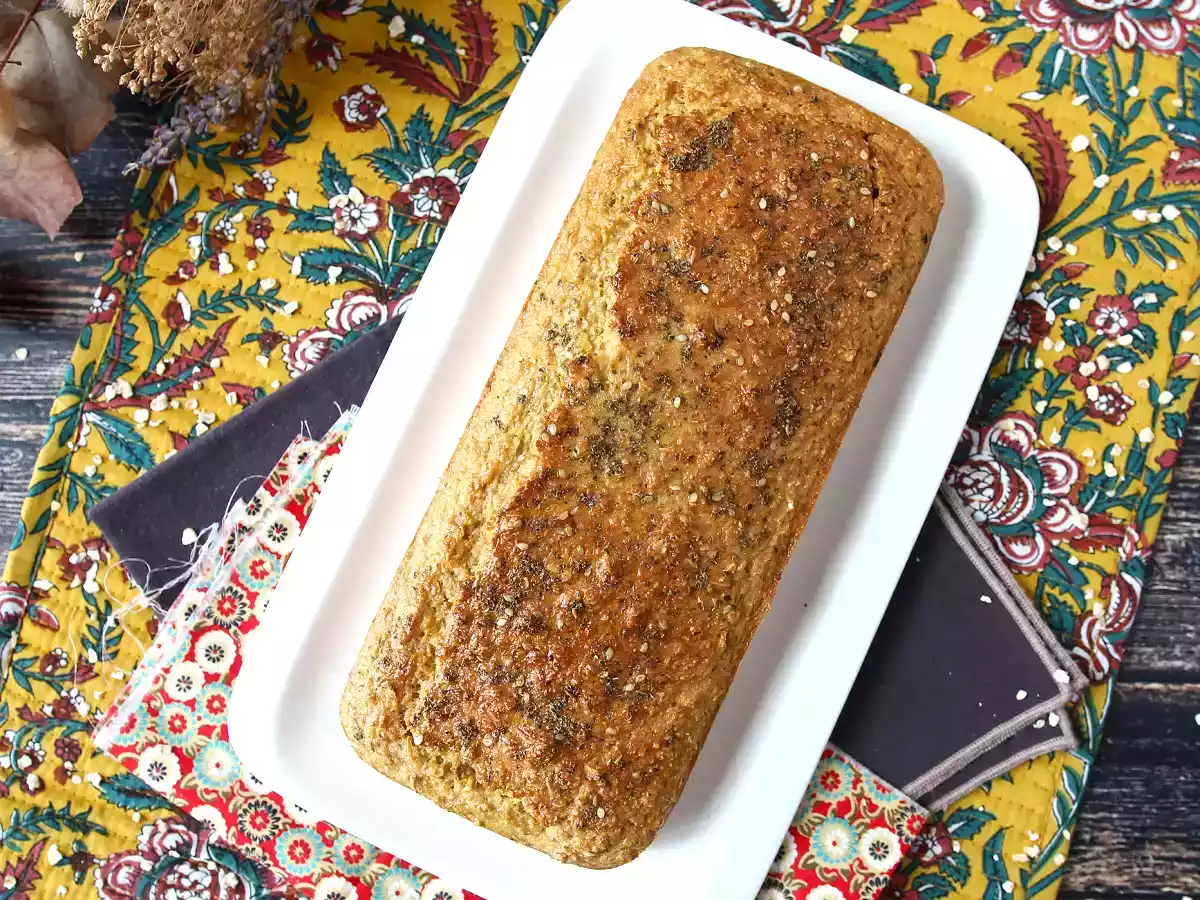
Rate this recipe